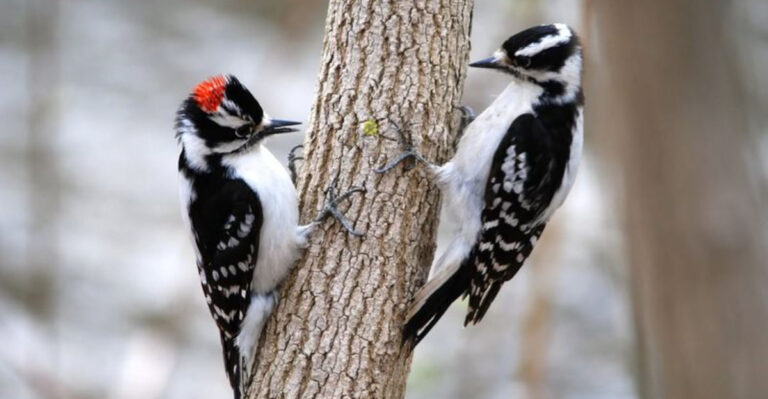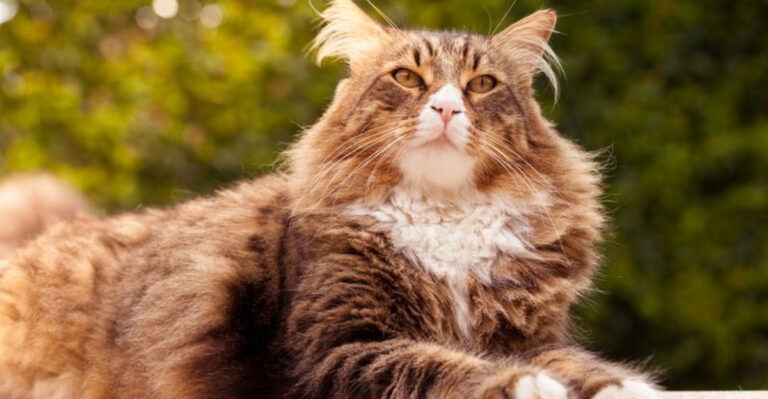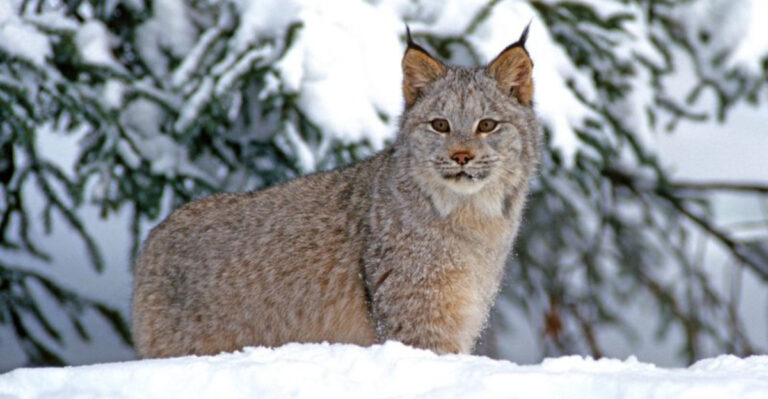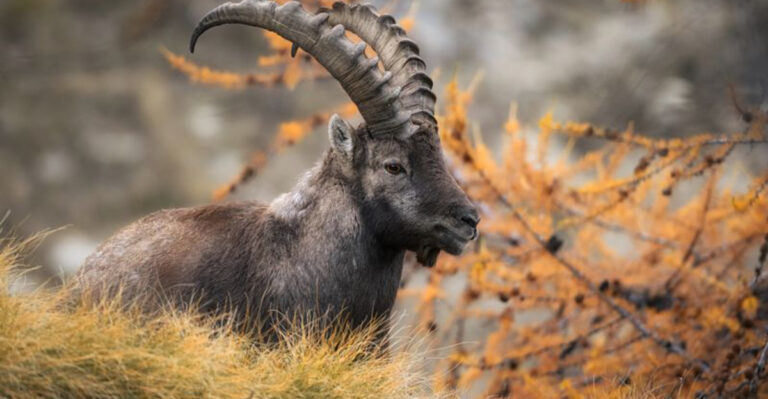10 Dog Breeds That Just Aren’t Worth Your Money And 5 That Actually Are

Ever wondered which furry friends give you the most bang for your buck? Some popular dog breeds come with hidden costs like sky-high vet bills, grooming expenses, and training challenges. Others offer years of companionship with minimal health issues and maintenance.
Before bringing home a new best friend, it’s smart to know which breeds might empty your wallet and which ones are truly worth the investment.
1. English Bulldog: Breathing Problems And Vet Bills

Those adorable wrinkles hide a mountain of health issues! English Bulldogs often struggle with breathing problems due to their flat faces, leading to expensive surgeries.
Their skin folds need regular cleaning to prevent infections, and many suffer from hip dysplasia. Most bulldogs can’t even give birth naturally – C-sections add another $1,500+ to your expenses.
2. Bernese Mountain Dog: Heartbreakingly Short Lifespan
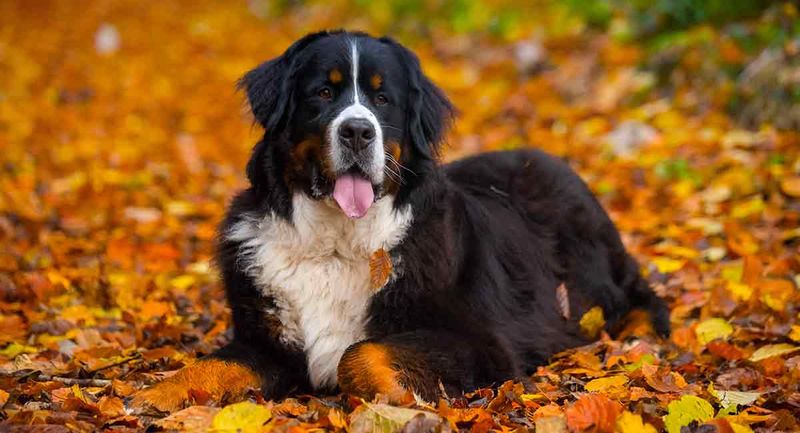
Gentle giants with tragically brief lives. Despite their $2,000+ price tag, Bernese Mountain Dogs typically live just 6-8 years – far shorter than most breeds.
Cancer rates run exceptionally high in these beautiful dogs. You’ll likely face devastating health decisions and hefty medical costs during their middle age, when other breeds are just hitting their prime.
3. Chow Chow: Fluffy Nightmare For Beginners
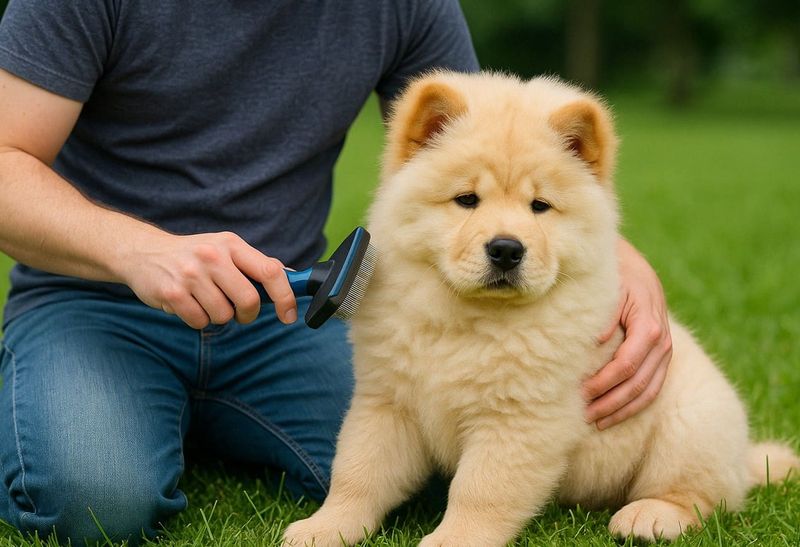
Behind that lion-like mane lurks a stubborn personality that will test your patience daily. Chow Chows require professional grooming every 4-6 weeks, costing upwards of $100 each visit.
Their aloof, independent nature makes training challenging even for experienced owners. Add in common health issues like hip dysplasia and eye problems, and you’re looking at a beautiful but costly companion.
4. Cavalier King Charles Spaniel: Heartbreak Waiting To Happen
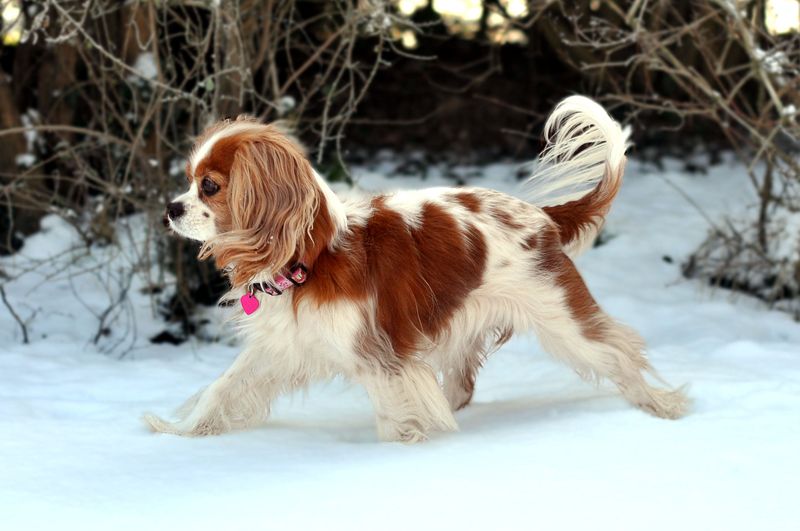
Sweet faces mask serious genetic problems. Nearly half of all Cavaliers develop mitral valve disease by age 5, and nearly all have it by 10, leading to heart failure.
Syringomyelia, a painful neurological condition, affects many Cavaliers as well. Expect to spend thousands on medications, specialists, and MRIs throughout their life – not to mention the emotional toll of watching your pet suffer.
5. Great Dane: Gentle Giants With Gigantic Bills

Towering over other dogs comes at a steep price. Great Danes eat enormous amounts of premium food – expect to spend $100+ monthly just on feeding them properly.
Their size makes them prone to bloat, a life-threatening emergency requiring immediate surgery. Heart problems, hip dysplasia, and bone cancer are common in these gentle giants, with treatments often costing thousands.
6. Samoyed: The Smiling Budget-Buster
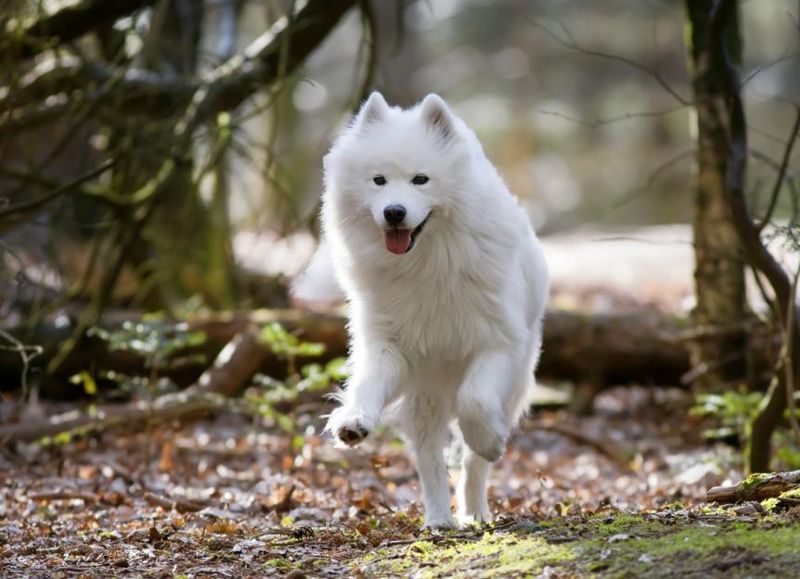
That famous “Sammy smile” will fade when you see your monthly grooming bill. Their thick white double coat requires daily brushing and professional grooming every 6 weeks.
Samoyeds are prone to expensive health issues like heart problems and diabetes. Factor in their high energy needs requiring constant mental and physical stimulation, and you’ve got a beautiful but demanding investment.
7. French Bulldog: Designer Dog, Designer Problems
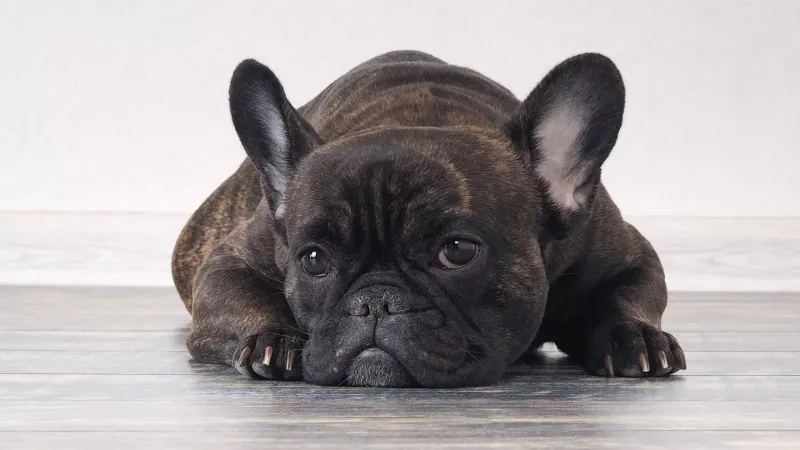
Skyrocketing popularity has pushed prices to $4,000+ for these bat-eared cuties, but the costs don’t stop there. Their flat faces cause breathing difficulties, often requiring $1,500+ corrective surgery.
Frenchies can’t regulate body temperature well, meaning you’ll need air conditioning running year-round. Many can’t mate or give birth naturally, and skin allergies often lead to constant veterinary visits.
8. Shar-Pei: Wrinkled Worries For Your Wallet

Famous for wrinkles that require daily cleaning to prevent painful skin infections. Many Shar-Peis suffer from “Shar-Pei Fever,” a serious condition requiring lifelong medication.
Eye problems are common, sometimes resulting in blindness without expensive surgery. Their stubborn personality makes training challenging, often requiring professional help that adds hundreds more to your investment.
9. Rottweiler: Insurance Companies’ Least Favorite
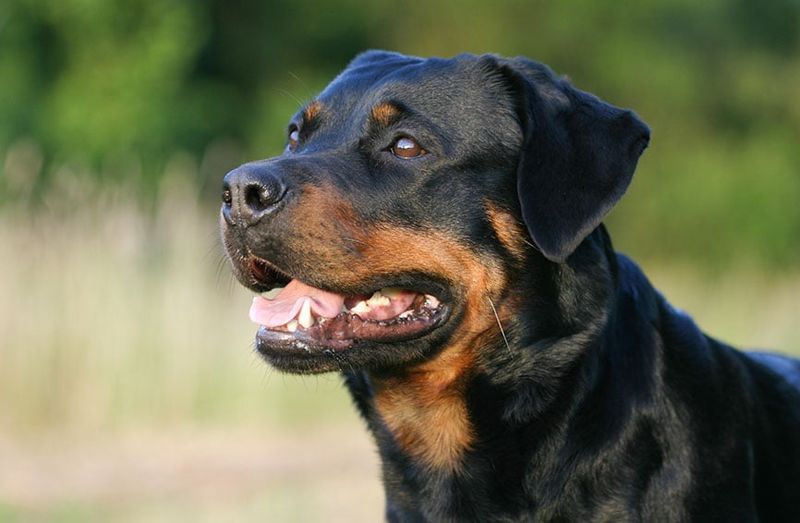
Powerful and loyal, but Rotties come with financial surprises beyond their purchase price. Many insurance companies charge higher homeowner premiums or refuse coverage entirely if you own this breed.
Some apartments won’t rent to Rottweiler owners, limiting housing options. Health-wise, they’re prone to heart issues, joint problems, and cancer, with treatments easily running into thousands of dollars.
10. Yorkshire Terrier: Tiny Dog, Enormous Upkeep

Silky coats require professional grooming every 4-6 weeks at $50-$100 per session – or daily home maintenance to prevent painful mats. Dental problems plague the breed, often requiring expensive cleanings and extractions.
Yorkies are notorious for difficult housetraining, potentially ruining floors and furniture. Their fragile frames make them prone to injuries from simple jumps, leading to emergency vet visits.
11. Mixed-Breed Rescue: The Smart Investment
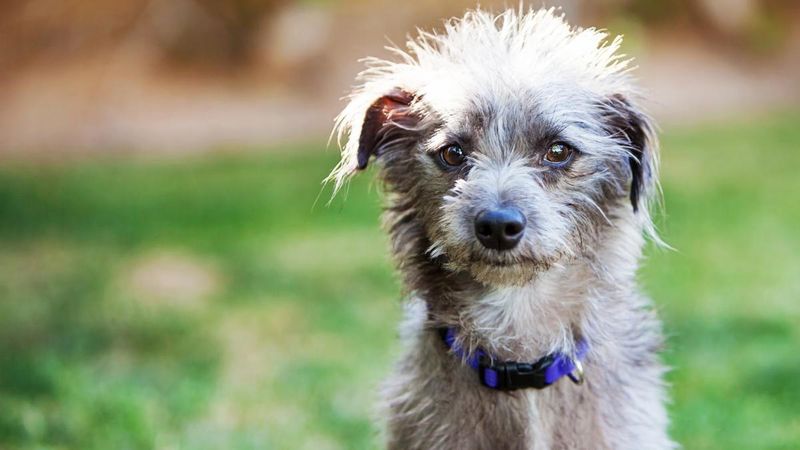
Genetic diversity creates natural resilience against many breed-specific health problems. Adoption fees typically run $50-$300, including vaccinations, microchipping, and spaying/neutering – services costing $1,000+ elsewhere.
Many rescues already know adult dogs’ personalities, making it easier to find one matching your lifestyle. The emotional reward of saving a life? That’s the best return on investment of all.
12. Beagle: Budget-Friendly Buddy

Hardy constitution means fewer vet visits compared to purebreds with squished faces or extreme body types. Their short coat needs minimal grooming – just weekly brushing and occasional baths.
Beagles typically live 12-15 healthy years, making them economical long-term companions. Their medium size means moderate food costs, and their naturally friendly disposition reduces training expenses.
13. Standard Poodle: Intelligence Worth Every Penny
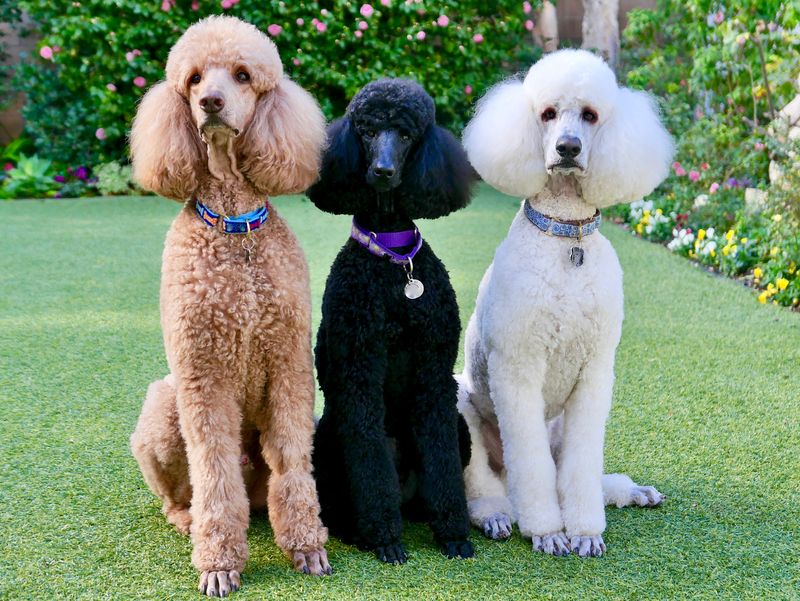
Hypoallergenic coat means no shedding – saving a fortune on cleaning bills and allergy medications. Their exceptional intelligence makes training a breeze, reducing or eliminating the need for professional trainers.
Standard Poodles live 12-15 years with fewer genetic health issues than many purebreds. While grooming costs exist, you can learn to do basic maintenance yourself, saving hundreds annually.
14. Border Collie: Brainpower On A Budget
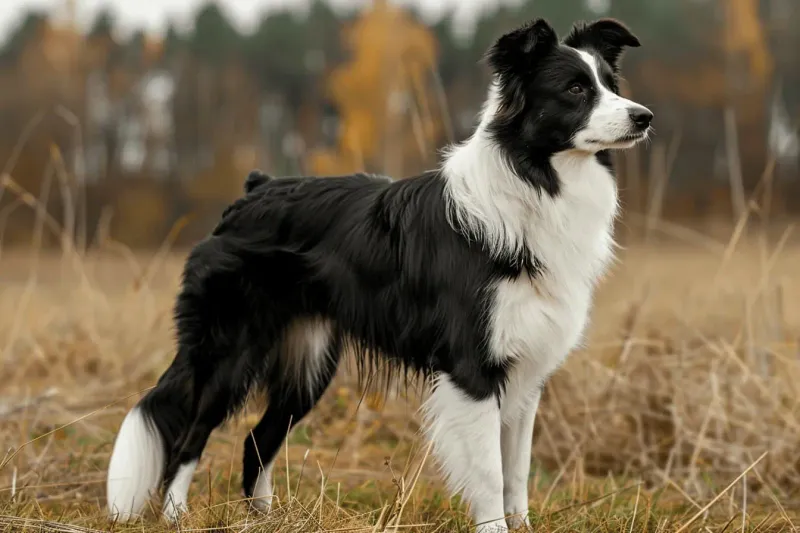
Extraordinary intelligence means they excel at training without expensive professional help. Their medium size keeps food costs reasonable, while their naturally athletic build means fewer structural health problems.
Border Collies typically live 12-15 healthy years. Their weatherproof double coat needs only weekly brushing – no fancy grooming required. Just be prepared to provide plenty of free mental and physical exercise!
15. Greyhound: Surprising Apartment Bargain

Counter to expectations, these racers are actually couch potatoes needing just brief exercise daily – perfect for busy owners. Their short coat requires minimal grooming, just occasional brushing.
Many retired racing Greyhounds are available for modest adoption fees, already spayed/neutered and vaccinated. Despite their size, they eat less than many smaller breeds due to their efficient metabolism.


